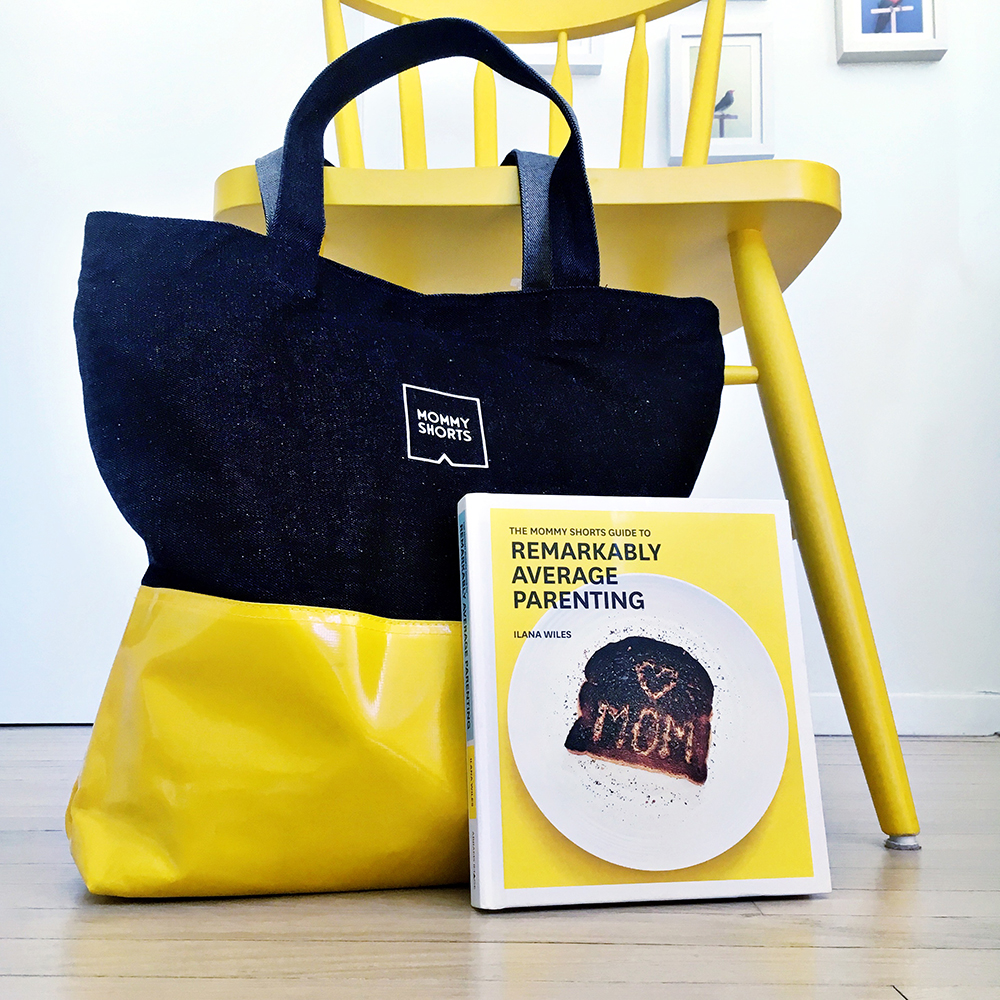I found Hannah Richards in the Remarkably Average Parents facebook group when I asked if anyone would like to write a post about how to file your own taxes. Hannah responded that although she was not an accountant, she was the go-to resource for her friends and had a certain knack for translating complex number stuff to those of us who can’t find their way around a calculator. Are you a W2 filer and debating filing your own taxes? Let Hannah break down the basics!
Disclaimer: The information contained in this post does not a substitute for consulting with an actual accountant. We recommend consulting with a tax advisor, especially if you are starting your own business.
——————–
If you haven’t already done your taxes, you’re probably the kind of person who waits for a sign. Like for your kids to miraculously take a 3-hour nap, or a venti iced mocha to magically show up at your door, or, you know, an overdue notice from the IRS to come in the mail.
Trust me, I get it. I’ve been there.
Ok fine, that’s a lie – I’ve never been there. I file my taxes on the earliest possible date every single year. But not because I don’t have two crazy spirited children demanding yet another episode of Barbie and then peeing their pants and hiding legos in my bed – but because – err – I love doing my taxes.
I know, I know, major eye roll.
Believe me when I say I am NOT an above average parent – or taxpayer. I just like being able to watch The Bachelor in my room, alone, while my husband chases after our kids because I’m “working on our taxes.” I also kind of love filling in boxes and checking things off – and watching that tiny little ticker in the upper left-hand corner of Turbo Tax scroll up and down like a slot machine jackpot, calculating my payout.
Now, I’m not naive enough to think that this is actually how taxes work. I fully understand that I paid a whole bunch of money and got basically nothing for it (Helloooo, universal healthcare? Subsidized childcare, where you at?) and I’m just now being reimbursed for the thousands of dollars I loaned the government interest-free. But it’s way more fun to pretend that I’m winning.
So even though I’m not an accountant or a “math person” or one of those moms who can tie a baby wrap or clip an Ergo on her own back – I am both incredibly competitive and incredibly cheap and the combination of those two remarkably average qualities has resulted in an unusual obsession with doing my taxes – and getting the biggest refund with the smallest amount of time and effort. But as probably no one ever said, my annoying OCD is your financial gain – and if you still need to settle with Uncle Sam, I’ve got 5 tips to make it as productive and painless as possible.
1) Do it Yourself
I have never used an accountant before because, well, you have to pay them, and the thought of paying one person to figure out how much money I have to pay another person just makes me feel all rage-y. I totally get that for some people with complex tax situations (like small business owners), it makes sense to hire an accountant. But if you only have one (or a couple) sources of income, and you have a junk drawer where you can store your tax documents for a couple years until you forget where you put them, then you can totally do it yourself. Especially now that the standard deduction has been almost doubled from $6,350 to $12,000, most people (about 90% according to the nonpartisan Tax Policy Center) won’t have to itemize their taxes anymore. That means no digging through your junk drawer for old Goodwill donation receipts or spending time figuring out if you can deduct pizza and beer as a moving expense. Sweet.
2) Buy the Software, Not the App
Now when I say “do your taxes yourself,” I don’t mean actually do them yourself. If you’ve ever tried manually filing your taxes using pen and paper, then you know that trying to understand the instructions on a federal tax form is about as difficult as figuring out whether you’re arriving or departing at the airport. DO NOT RECOMMEND. Instead, use a software program like Turbo Tax, HR Block, TaxAct, etc. These programs take all the complicated forms and distill them into simple questions like “did you make any money in 2019?” “Do you own a house?” “Did you pay 10 trillion dollars in student loan interest?” Then they use your answers to figure out which credits and deductions you qualify for, and ultimately how much money you either owe, or get paid back. They also offer access to actual accountants if you have questions that Siri, Google, Alexa and your cousin’s wife’s brother that does something in finance can’t answer.
While these types of programs typically do cost money, they make it SO MUCH SMPLER to file your taxes, and you can save almost half the cost of filing by buying the software and downloading it to your computer, vs. completing your taxes online. Seriously. On the Turbo Tax website, their “Deluxe” package, including federal and state e-filing costs $100. Or you can head over to Amazon.com and download the same software onto your computer for only $49. No freakin’ brainer.
3) Pay the Fees Out-of-Pocket (not out of your return)
If you do decide to file your taxes online (instead of buying the software), then at some point you are going to have to pay the fee for the online service. Most online tax prep services won’t ask you to pay until you’re ready to file, and if you’re getting a big fat refund (yay!) they will inevitably ask if you’d like them to conveniently deduct their fee from your refund check, instead of having to hassle with a credit card. JUST SAY NO.
I totally get that the last thing you want to do after entering four million numbers into a complicated form is input yet another number that you have to dig through your wallet to find, BUT if you read the fine print, which, let’s be real, most of us don’t, you’ll see that they are actually charging you an additional $30-$50 on top of the $100 tax prep fee, just for the convenience of paying out of your refund vs. entering your credit card number.
You guys, this is how spoiled the internet has made us. Paying by credit card is now considered inconvenient. Anyone remember mailing checks?! Don’t pay more than you have to, and just pull out the plastic.
4) Rethink Your Filing Status
Now that you know the easiest and cheapest way to file your taxes, the next step to a big fat refund is maximizing your credits and deductions. For the most part, a tax software program will do this for you, but when it comes to your filing status (single, qualified widower with dependent child, head of household, married filing separately, or married filing jointly) it can pay off to try mixing things up.
For most married couples it makes sense to file jointly – BUT – if one of you has significantly more income than the other, or one person had a ton of medical bills or other deductible expenses last year, then it could be beneficial to file separately. The best way to find out is to fill out your tax information both ways using a tax prep software program (without actually submitting your return) and see which filing status results in the biggest refund.
Another thing to be aware of is that if you aren’t married, but you have children or other dependents (including an elderly or disabled relative for whom you provide at least 50% of the financial support) than you can file as head of household (vs. single), which will result in a significantly larger standard deduction and a lower tax rate as well.
5) If It’s Too Good or Bad to be True, Double and Triple Check (or change your withholding)
If you get all the way through your taxes and the number you see in the refund box is either WAY bigger or WAY uglier than you expected – double and triple check all your information. One extra zero or misplaced comma can wreak havoc on your return, and while it may seem like a jackpot when and if the refund check arrives, it’s never any fun paying it all back once the IRS sorts out the mistake (which they will).
That said, tax codes have recently changed, as well as the guidance for employers on how much to withhold from employee paychecks, so it’s entirely possible that your refund this year is significantly higher or lower than in years past. If that’s the case and you can’t find any mistakes, it might be time to change your withholding.
All that entails is providing your employer with an updated W-4 (the form you filled out right after you got hired that asks how many exemptions you can claim). The lower the number of exemptions, the more money your employer will withhold, and the more money you will (theoretically) get back in your return. If you owed Uncle Sam a lot this year, reduce your exemptions. If you had a windfall, either go grab an expensive bottle of champagne to celebrate or increase your exemptions and get more money in your paycheck each month, and a little less at tax time.
Ready to get started? What are your best tips for getting through your taxes each year?
———————
Hannah Richards is a mom of two, marketing strategist, and unofficial financial advisor/translator for her coworkers who are confused by compound interest. She is a self-admitted control freak (read: DIYer) and is the kind of person that actually reads the fine print on a mortgage. She lives in Cumberland, Maine with her husband and daughters and is way better at numbers than she is at diapers.


























If you are a W2 filer doing your own taxes this is fine. But if you start your own business you should get the advice of an accountant. As a tax preparer, I have seen big mistakes from opportunities missed to owing a ton of money. I suggest you get the advice of a reputable accountant that someone recommends to you at the very least at the start of your enterprise.